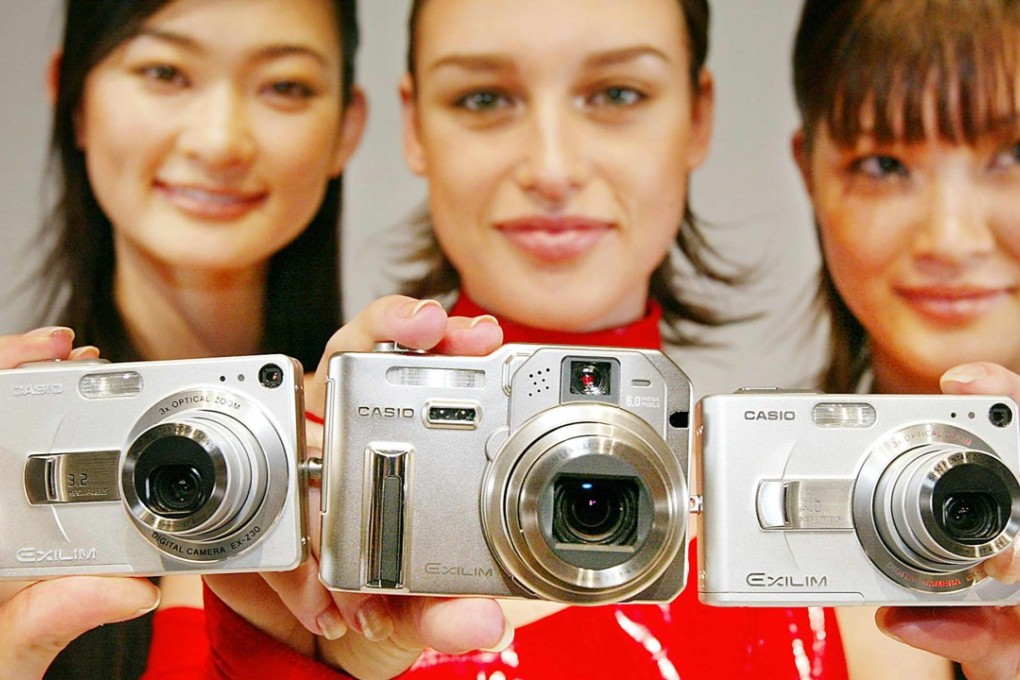What Henry Ford, George Eastman and Kazuo Kashio had in common – the ability to find the market gap
Stephen Vines says the most successful brands in history distinguished themselves by spotting a consumer need that could be filled with a pre-existing invention

Casio is best known for its range of electronic calculators, with sales exceeding 1.5 billion units. Success in this field did not make Casio complacent as it moved onto other markets, becoming a pioneer in developing low-price digital cameras, having some success with digital diaries and, more recently, having resounding success with its range of sturdy G-Shock watches.
Kashio and his brothers started out making cigarette holders in the 1950s at a time when tobacco was scarce in Japan and smokers were anxious not to waste a single thread. These holders provided an elegant and practical solution to this demand and sold very well.
The money they earned gave Casio the means to invest in the far more sophisticated business of producing desktop calculators for the mass market. Casio suffered setbacks but by 1972 had developed a world-beating product, the Casio Mini calculator that more or less made the company name synonymous with calculators.
Kashio’s genius was not as an inventor but, essentially, as a marketer of products that were already in existence which Casio adapted for the mass market.
